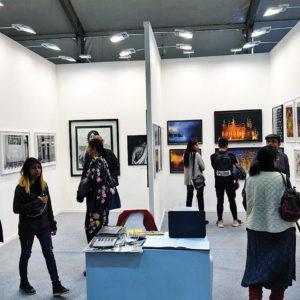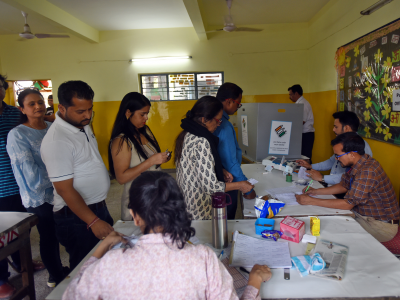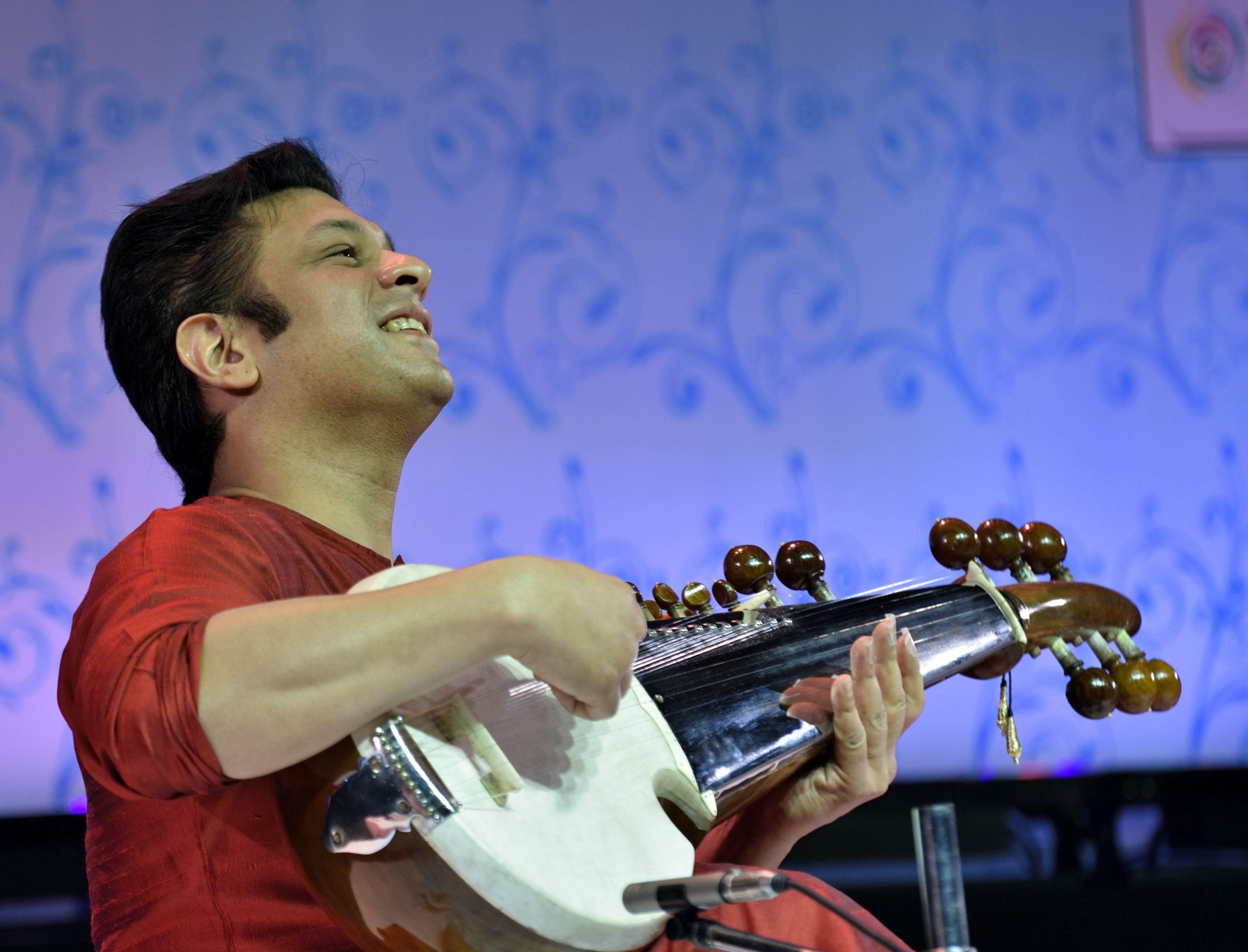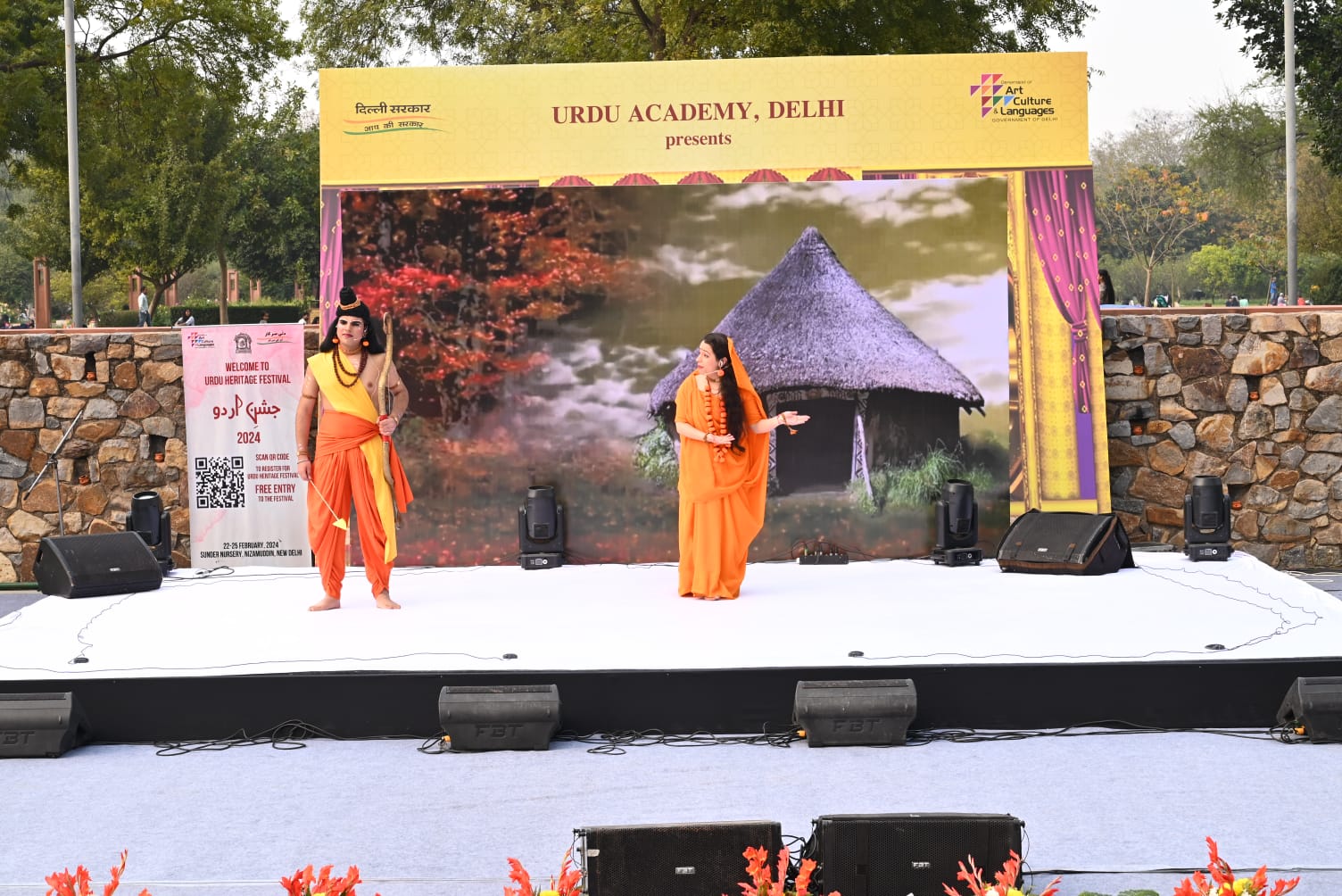Most of the prominent galleries in Delhi are already booked for the entire year, some even for the next few years
Taking a stroll, glancing through the artworks at the countless galleries in the city, will perhaps awaken the creative bug in you that has been long supressed and forgotten. With this new-found inspiration, you will be all charged up to display your creativity out there. Hold on to that thought — it might take a while.
Most of the prominent galleries in Delhi are already booked for the entire year, some even for the next few years. This stands as a clear testimony to the thriving art scene in the capital.
Artists, who wish to show their works, have to book the galleries a year in advance at the least. “We are booked till the end of this year. Artist can send in applications for 2020,” says a representative of India International Centre.
The process entails a request letter and a few copies of works from the aspiring artists, which are then assessed by an arts committee that assembles every three months. The gallery can be booked for a week or two for one show. “On an average, we receive 20 applications every month. If an artist has exhibitedonce, they have to wait for five years before they can show their work again in the gallery.”
The wait is a definite indicator of the artists’ demand for the galleries. The state is almost the same for most other galleries.
Triveni Kala Sangam, a major exhibition space that is quite popular among artists, has all four of its galleries booked for this year. Registration has to be done in a year advance and the artists are allowed to exhibit for a 10-11-day slot. “We receive around 200 applications in a year for each gallery. A selection panel then makes the final call,” says Manisha from the gallery. Unlike IIC, here the artists have to wait for a year before they can exhibit their works again.
Similarly, Lalit Kala Akademi too receives over 500 applications in a month, while only around 250 artists get to exhibit their work in an entire year.
According to a February 2018 FICCI — KPMG report — ‘Visual arts industry in India: Painting the future’, about 40 per cent of the country’s galleries are based in New Delhi, followed by Mumbai with 24 per cent of the galleries.
Despite having several galleries in Delhi, the number of artists hoping to display their works in the capital is such a huge number that the queue keeps growing by the day. The reason varies from large visibility to market for their works.
For Japani Shyam, a Gond artist from Madhya Pradesh, though it has been over a decade since her debut, till date she looks forward to going and displaying her work in the capital because of the vast visibility the city offers. “There are a lot of foreigners as well as Indians who comes to see my work there. In spite of having so many galleries already, people still visit them, and that is very critical for my work,” says Shyam.
Yet for multidisciplinary artist Lallan, it is more about the purchasing power of collectors in the city. “It’s all very capital driven. There is more buying power for art here. Artist flock to the capital to make a living and to survive. In India, it’s still more of drawing room art, there is not much concept of public art and art for art’s sake. People in Delhi mostly attend for the sake of a party or as just another event during the weekends.” As per the FICCI report, the Indian visual arts industry garnered revenues totalling to Rs 1460 crores in 2017.
While galleries available for rent like — Triveni Kala Sangam, India International Centre, Lalit Kala Akademi, India Habitat Centre are popular among artists, several other private galleries that do not provide their space on rent but exhibit the work of their own artists are also quite prominent.
Several galleries have mushroomed over the past decades in the capital, especially in areas like Lado Sarai, Hauz Khas Village, Shahpur Jat, that are also referred to as art districts.
For instance, Wonderwall Gallery in Lado Sarai, exhibit works of their own artists and curate thematic shows across the year. “While aspirants too approach us with their works, it is mostly a year’s wait if we plan for a solo show. Or we try an accommodate their works if it goes along with a group show,” says Ajay Rajgaria from Wonderwall Gallery. He also adds that exhibitions for this entire year is already scheduled.
Similarly, Bhavna Kakkar from Gallery Latitude 28, another eminent art space in Lado Sarai, says “The schedule is usually planned two years in advance.”
The growing number of galleries and artists waiting in line to show their works in the capital, aptly indicates the prospering art scene of the city.





